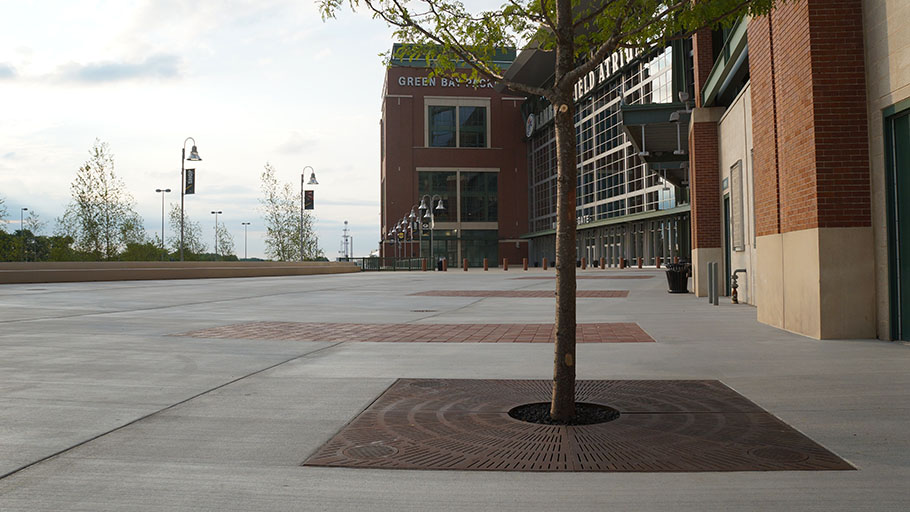“It” cities for IT workers
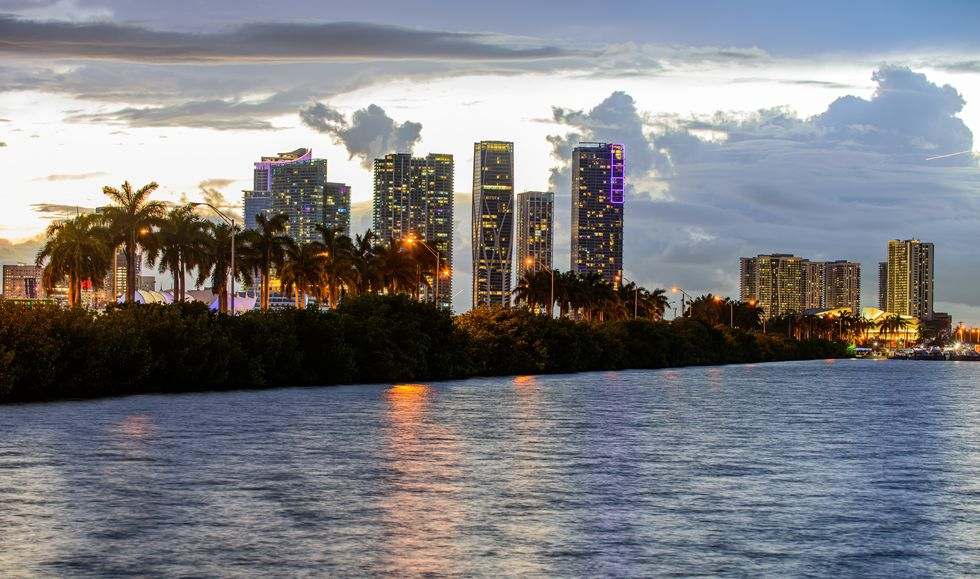
When thinking of Florida, most people do not immediately make comparisons to Silicon Valley. Florida is sunshine and hurricanes; Canaveral and the Florida Keys; flamingos and alligators; Sea World and Epcot. Its offers the best Cuban food and a rich nightlife.
Or maybe it’s the more infamous aspects of Florida that leap to mind: “Florida man” news reports, or too-close-to-call moments with Florida’s electoral votes.
But Florida’s become the it-state for IT, with tech workers flowing in from all over the country. According to LinkedIn data, Florida cities are four of the top 15 high tech destinations in the country. Jacksonville, Tampa Bay, Miami, and Orlando all are seeing a surge in tech workers.
Creating new economic and cultural hubs is now much faster for cities. The construction of business networks and relationships can be done online far before people begin moving into place. This “startup city” model means that a business or entrepreneurial community can start and establish itself virtually before ever moving into a similar geographical space. Yet face to face work is still useful for some types of problem solving.
Having a real-world place that offers a comfortable lifestyle and meeting opportunities for workers is one way to help support the creativity of startups, bringing money and talent together.
As a supplier of architectural and safety products, we are seeing how the virtual becomes actual in our sales of bollards to Florida’s projects. We look at the numbers underpinning Florida’s growth and success and peek at what sort of architectural styles new builders are embracing as they work on placemaking for the incoming IT crowd.
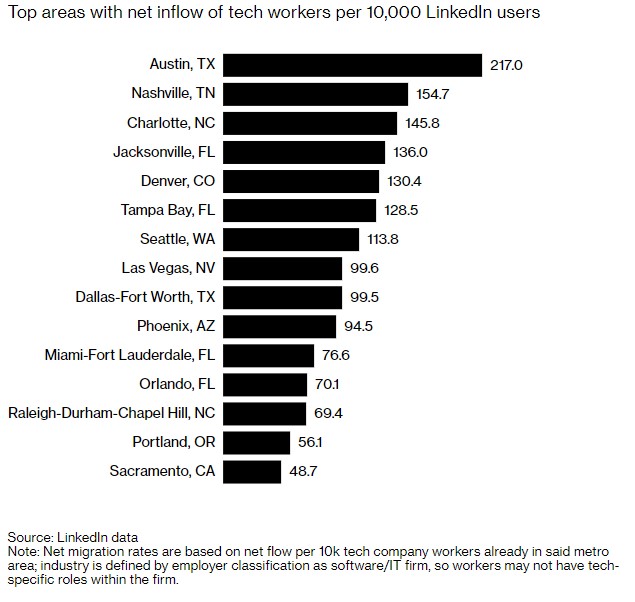
Tech migration to Florida: respite from high prices
Why shouldn’t Florida be a tech destination? For high-tech workers with remote work flexibility, there’s no need to be in a pricey location like the (San Francisco) Bay area. Cities in Florida offer the ocean, great weather, diversity, and urban amenities—all with a lower cost of living and a less challenging housing market.
In 2020, the average house price in California was $579K. In Florida, it was $254K. Looking at the difference on a more granular level, we can compare Miami to Seattle, another tech-inflow city.
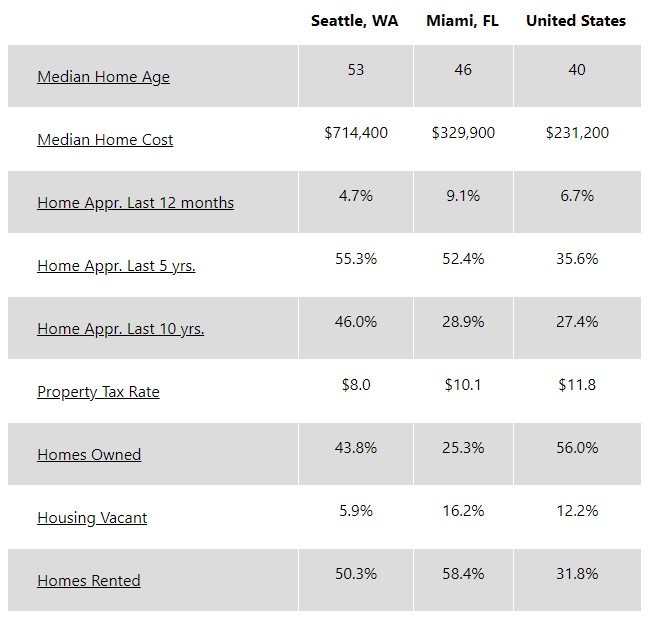
Housing stock is cheaper and newer, and the vacancy rates higher, in the southeast of the country. Miami’s mayor Francis Suarez is capitalizing on this difference by creating a Move to Miami advertising campaign aimed at the tech sector.
Overall, Bestplaces.net suggests that the cost of living in Miami is 29% cheaper than in Los Angeles and Seattle, and 46% cheaper than in San Francisco. (However, it’s 3% more expensive than Austin, TX.)
Companies, too, have an easier time finding commercial space at reasonable prices in different Florida regions. With the cost of living being cheaper, payroll can be less expensive, even for the company that offer generous compensation to their team. After all, the same wage can behave as a raise for relocating families.
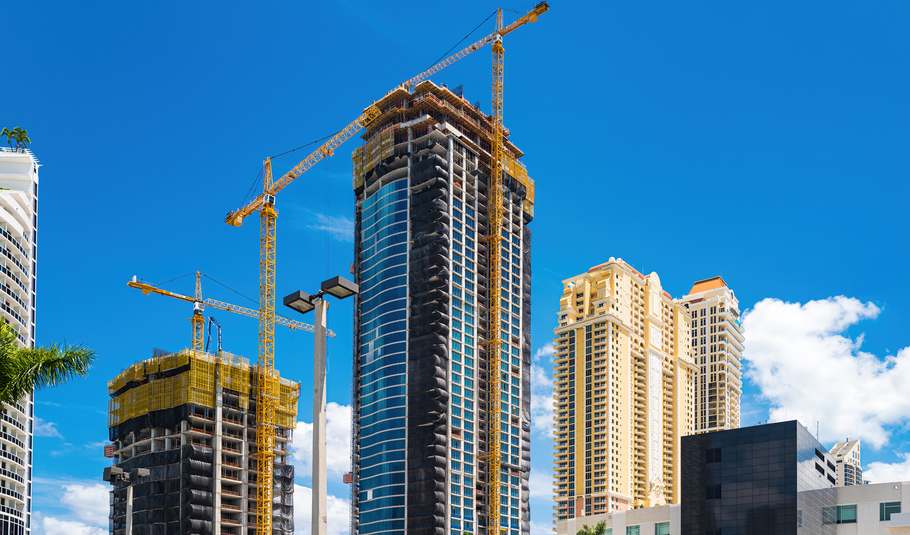
Construction in the Sunshine State
As Florida becomes a tech worker’s hub, we’ve seen more bollards shipping to the Sunshine State. In our sector, this region is one of the most vibrant markets in North America. This is not surprising as construction growth in Florida has been outpacing the rest of the country, even with the challenges of 2020.
Infrastructure related projects, like the local airport, shopping malls, and commercial plazas, are directly involved in creating the experience of a city. Our products are therefore in demand as cities and facilities work to create safe walkable and bikeable spaces.
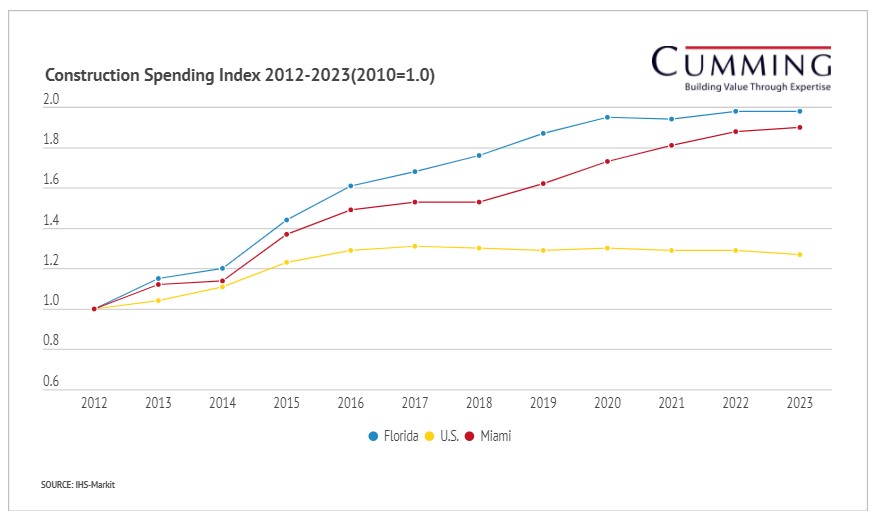
Florida’s architecture is reflected by the bollards that are most regularly ordered by architects and builders in the state. The look for site furnishings is modern, geometric, and clean. This reflects the popular contemporary architecture style that is currently the preferred style. The top seller into Florida is the stainless steel R-7303, a sleek flat-topped stainless sleeve that fits snugly over 4-1/2 in pedestrian protective security pipe. This gauge of security pipe is common in parking lots, drop off lanes, and near slow moving traffic.
A slightly more decorative option, the steel R-7736, is our second-best seller into the state. This steel bollard cover has a domed top and three annular rings as a geometric detail. The R-7736 fits 10-3/4 in security pipe—a much thicker option used as pedestrian protection in swiftly moving traffic zones. This type of security bollard might also be used in front of stores defending against smash-and-grab theft.
Mobility and remote working
Studies have shown in general, older people are happier when they live in rural areas and small towns, which includes bedroom communities around large metros. But Millennials are happier in big cities.
Remote work may help all the demographics become happier with their lifestyles. Will the high-tech “it” cities end up dispersing into the surrounding areas?
One thing that is clear is that online communities and networking hubs can help pre-create city movement by allowing colleagues to begin to build companies and cultures before settling in a single geography. All cities can therefore think about creating urban plans that support people’s health and happiness. If beautiful spaces are built, it is easier now for the nation’s digital workforce to settle there.











